 The online market for food delivery has grown rapidly grown in recent years. Deliveroo was founded in 2013 and has become one of the most recognised brands in this market. It now has a presence in around 100 towns and cities in the UK. In addition to offering customers restaurant cooked meals delivered straight to their homes, Deliveroo also provides a grocery store delivery service, for example in partnership with the Co-op.
The online market for food delivery has grown rapidly grown in recent years. Deliveroo was founded in 2013 and has become one of the most recognised brands in this market. It now has a presence in around 100 towns and cities in the UK. In addition to offering customers restaurant cooked meals delivered straight to their homes, Deliveroo also provides a grocery store delivery service, for example in partnership with the Co-op.
Despite Deliveroo’s strong brand, the market leader in online restaurant delivery is actually Just Eat. Just Eat’s business model is built on it acting as an intermediary between restaurants and consumers who can use Just Eat’s website or app to order take-aways. This is in contrast to Deliveroo which also provides the delivery service. This means that Just Eat’s service is more viable in smaller towns. Deliveroo’s other main rival is Uber Eats.
Having been founded in the UK, Deliveroo has subsequently expanded its operations to around 10 other countries. However, this global expansion resulted in Deliveroo making losses of almost £200m in 2017. In part as a result of these losses, Deliveroo decided to look for new investment and by May 2019 had raised £450m. Deliveroo intends to use this money to fund its continued international expansion and to improve the service it provides. This includes growing its delivery-only kitchens business, which enables it to be less reliant on links with traditional restaurants.
Amazon was one of the big investors in Deliveroo, although the exact amount it invested is unknown. Interestingly, both Amazon and Uber have previously made approaches to buy Deliveroo outright. For Amazon this latest move may be a first step before looking to fully acquire Deliveroo.
 Despite this not being a full merger or acquisition, it was still investigated by the UK Competition and Markets Authority (CMA). Its remit allows it also to examine situations where an enterprise gains a ‘material influence over the policy of another’. This was the case with Amazon’s investment which, despite only allowing it to become a minority shareholder, enables it to participate in the management of the company.
Despite this not being a full merger or acquisition, it was still investigated by the UK Competition and Markets Authority (CMA). Its remit allows it also to examine situations where an enterprise gains a ‘material influence over the policy of another’. This was the case with Amazon’s investment which, despite only allowing it to become a minority shareholder, enables it to participate in the management of the company.
Last week the CMA announced that it had completed its initial investigation and that it had concerns about the investment. Andrea Gomes de Silva, CMA Executive Director, stated that:
If the deal were to proceed in its current form, there’s a real risk that it could leave customers, restaurants and grocers facing higher prices and lower quality services as these markets develop. This is because the significant competition which could otherwise exist between Amazon and Deliveroo would be reduced.
The CMA has two specific concerns. Firstly, it is worried that competition in online restaurant delivery will be harmed. Amazon had started competing with Deliveroo in this market in 2016 when it launched Amazon Restaurants. However, it shut this down two years later. The CMA uncovered internal documents from Amazon suggesting that it continued to monitor closely this market. Therefore, the CMA believed that Amazon re-entering the market was a distinct possibility and argued that this would be a substantial boost for competition. The CMA’s concern was that its investment in Deliveroo would make this re-entry less likely.
On the other hand, there is a counterargument to the CMA’s which says that Amazon’s entry through investment, even if only at this time resulting in minority ownership of Deliveroo, could itself boost competition. This is an important trade-off the CMA should take into account.

Secondly, the CMA is worried that Amazon’s investment will also harm competition in online grocery store delivery. Here, Amazon and Deliveroo are two of the leading players in the market. The CMA believes that, as the market grows in the future, competition between the two could intensify. However, the investment in Deliveroo would put this in jeopardy.
At the time of writing, Amazon and Deliveroo have five working days to offer proposals to the CMA to address these competition concerns. It will be interesting to see how they respond to the CMA and whether a full-blown investigation follows. If it does, this may eventually lead to the CMA blocking Amazon’s investment.
POSTSCRIPT: Amazon and Deliveroo did not offer a proposal to address the competition concerns and so on 27th December the CMA referred the case for a full-blown investigation.
To be continued.
Articles
Questions
- What are the key features of competition in the online market for food delivery?
- What are the pros and cons of Just Eat’s business model in comparison with Deliveroo’s?
- What are the potential advantages Amazon has over the other players in the online market for food delivery?
 In the last few years there have been growing concerns (see here for example) that markets in the USA are becoming increasingly dominated by a small number of firms. It is feared that the result of this will be a reduction in competition. Consistent with this, evidence suggests that the profits these firms make have increased. Last month The Economist and the Resolution Foundation published evidence (see references below) suggesting a similar picture may be emerging in Britain.
In the last few years there have been growing concerns (see here for example) that markets in the USA are becoming increasingly dominated by a small number of firms. It is feared that the result of this will be a reduction in competition. Consistent with this, evidence suggests that the profits these firms make have increased. Last month The Economist and the Resolution Foundation published evidence (see references below) suggesting a similar picture may be emerging in Britain.
The Economist divided the British economy into 600 sub-sectors and found that in 58% of these the share of total revenue accruing to the 4 biggest firms had increased since 2008. The Resolution Foundation found a similar picture, especially in manufacturing industries where from 2004-16 the top five firms’ share of total revenue increased by over 10%.
Economic theory would suggest that as markets become more concentrated prices are likely to rise and The Economist cites research showing that mark-ups charged by firms in Britain have indeed risen. In addition to consumers facing higher prices, there is also concern that the lack of competition both in the USA and the UK is leading to lower wages being paid to workers. On the other hand, unlike in the USA, the evidence from the UK does not so far suggest there has also been an increase in corporate profits. Instead, it appears that the more successful firms’ profits have increased at the expense of their rivals.
This evidence on profits is line with a number of arguments that suggest we should perhaps be less concerned when markets are dominated by a small number of firms. Large firms may benefit from economies of scale and, being sufficiently large may be necessary for firms to innovate in new products and processes. Furthermore, high market shares may result from the competitive process as a reward for a firm developing a unique product or being more efficient than its rivals.
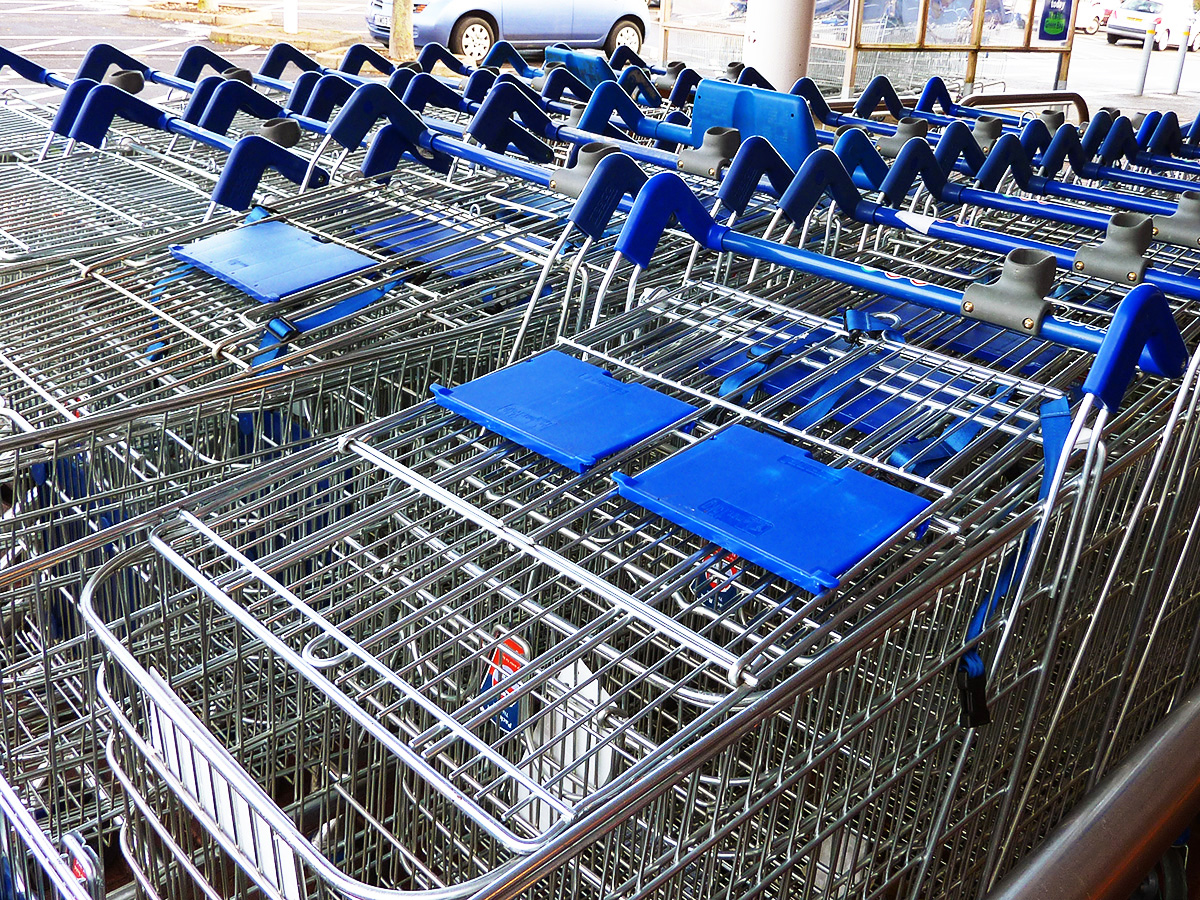
The Economist cites the supermarket industry as an example where concentrated is high, but competition is intense. Interestingly, this is a market where the British competition authorities have previously been concerned about the level of competition and spent considerable amounts of time investigating.
Despite these two opposing viewpoints, overall, The Economist argues strongly that we should be concerned about the situation in Britain. Not only are prices too high and wages too low, but growth in productivity is slow, even for the leading firms. Furthermore, they make clear that the situation may worsen following Brexit. It is argued that:
leaving the EU’s single market and customs union would reduce trade, easing competitive pressure from abroad.
This is consistent with evidence that joining the EC in the mid 1970s increased foreign competition in the UK and helped to end the low productivity growth that had plagued the economy since the 1930s.
Furthermore, it is suggested that:
to attract investment the government might look more favourably on proposed mergers—and loosening regulations would be easier outside the EU’s competition regime.
Therefore, it is clear that in the future there will be a vital role for the UK’s competition authority to remain independent of political objectives and aim to promote competition. In particular, they must prevent mergers that raise concentration and harm competition and intervene if they believe firms are abusing their dominant positions. Of course, following Brexit the case load of the competition authority in the UK will increase dramatically as they have to take on cases previously dealt with by the European Commission. One estimate is that it will need to look at around 40% more merger cases. It will certainly be interesting to see how competition in markets in Britain evolves over the next few years and the role competition policy plays in regulating this process.
Articles
Questions
- Outline the ways in which concentration in a market is usually measured.
- Explain the different price levels that arise under the alternative models of market structure.
- Why do you think competition is currently so intense in the supermarket industry?
 Coffee chain Starbucks announced last week that it is trialling the introduction a 5p charge for takeaway cups. The proceeds will be donated to environmental charity Hubbub. Starbucks is the first UK coffee chain to make such a move and it hopes that the charge will reduce the use of disposable cups.
Coffee chain Starbucks announced last week that it is trialling the introduction a 5p charge for takeaway cups. The proceeds will be donated to environmental charity Hubbub. Starbucks is the first UK coffee chain to make such a move and it hopes that the charge will reduce the use of disposable cups.
Perhaps unwittingly, Starbucks appears to have based its trial on important insights from behavioural economics and this may significantly increase the likelihood that it is successful.
Behavioural economics was thrown into the spotlight last year when one of its leading advocates, Richard Thaler, was awarded the Nobel prize in Economics. However, two of Thaler’s mentors, Amos Tversky and Daniel Kahneman, sowed the seeds for the field of behavioural economics. Most notably, in one of the most cited papers in economics, in 1979 they published a ground breaking alternative to the standard model of consumer choice.
One of the key insights from their model, known as prospect theory, is that rather than simply being concerned with their overall level of wealth, individuals care about gains and losses in wealth relative to a reference point. Furthermore, individuals are loss averse – a loss hurts about twice as much as an equivalent gain makes them feel good.
 So how does this help to predict how consumers will react to Starbucks’ trial? Well, crucially, Starbucks is increasing the price of coffee in a takeaway cup. Prospect theory predicts that consumers will see this as a loss relative to the pre-trial price, which serves as a reference point. Since this hurts them a lot, they will be likely to take measures to avoid the levy. In support of this, research undertaken by Starbucks shows that 48% of consumers asked said that they would definitely carry a reusable cup to avoid paying the extra 5p.
So how does this help to predict how consumers will react to Starbucks’ trial? Well, crucially, Starbucks is increasing the price of coffee in a takeaway cup. Prospect theory predicts that consumers will see this as a loss relative to the pre-trial price, which serves as a reference point. Since this hurts them a lot, they will be likely to take measures to avoid the levy. In support of this, research undertaken by Starbucks shows that 48% of consumers asked said that they would definitely carry a reusable cup to avoid paying the extra 5p.
As the company’s vice-president of communications, Simon Redfern, made clear, this would be in stark contrast to Starbucks’ previous attempts to reduce waste:
We’ve offered a reusable cup discount for 20 years, with only 1.8% of customers currently taking up this offer.
Furthermore, in 2016 they even experimented with increasing the discount from 25p to 50p. However, the impact on consumer behaviour remained low. Again, this evidence is entirely consistent with prospect theory. If consumers view the discounted price as a gain relative to their reference point, while they would feel some benefit from saving money, this would be felt much less than the equivalent loss would be.
Therefore, it seems likely that introducing a charge for takeaway cups will prove a much better way to reduce waste. More generally, this example demonstrates that the significant insights which prospect and other behavioural theories provide should be taken into account when trying to intervene to influence consumer behaviour in markets.
Articles
Questions
- How do you think rivals might respond to Starbuck’s strategy?
- Are there any other strategies Starbuck’s might pursue to help reduce the use of disposable cups?
- Can you think of any other situations in which individuals exhibit loss aversion?
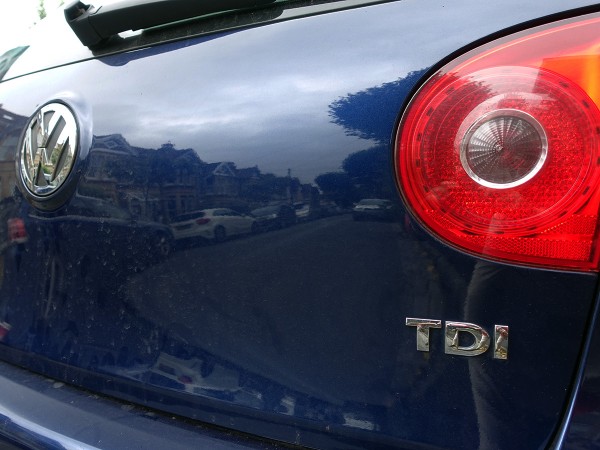 The car industry has featured heavily in the news in recent weeks with the announcement of plans to ban the sale of new petrol and diesel cars in the UK from 2040. Around the same time, news broke that the European Commission had commenced an investigation into potential collusive behaviour between German car makers.
The car industry has featured heavily in the news in recent weeks with the announcement of plans to ban the sale of new petrol and diesel cars in the UK from 2040. Around the same time, news broke that the European Commission had commenced an investigation into potential collusive behaviour between German car makers.
Since the investigation is ongoing, it is not yet clear exactly what the firms are accused of. However, allegations first published in German magazine Der Spiegel claim that since at least the mid 1990s Volkswagen (and subsidiaries Porsche and Audi), Daimler (owner of Mercedes-Benz) and BMW met several times a year. Furthermore, it is alleged the meetings aimed to give the firms an advantage over overseas rivals by:
co-ordinating the development of their vehicles, costs, suppliers and markets for many years, at least since the Nineties, to the present day.
In particular, Der Spiegel claims that the cartel limited the size of the tanks that manufacturers install in cars to hold chemicals that reduce diesel emissions. Smaller tanks then left more room for the car’s sound system.
Limiting the size of these tanks should be seen in the context of the 2015 emissions scandal where it became clear that Volkswagen had programmed its cars to limit the use of these chemicals and cheated in emissions tests. This meant that 11 million cars worldwide produced excess emissions. Whilst other manufacturers have suggested that the cars they produced may also produce excess emissions, Volkswagen has so far been the only firm to admit to breaking the rules so explicitly. However, if the allegations in Der Spiegel turn out to be true, there will be clear evidence that the harm caused was widespread and that illegal communication between firms played a key role in facilitating this. If found guilty, substantial fines will be imposed by the European Commission and several of the firms have already announced plans to put in place measures to reduce emissions.
It is not clear how the competition authorities discovered the cartel. However, it has been suggested 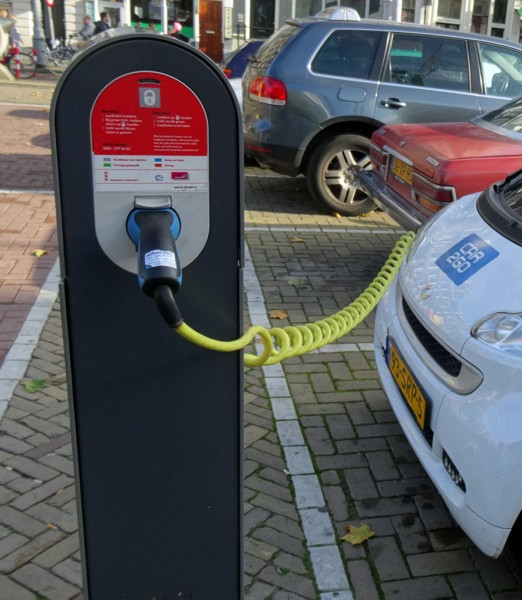 that incriminating documents were uncovered during a raid of Volkswagen’s offices as part of an investigation into a separate steel cartel. It seems that Volkswagen and Daimler are now cooperating with the investigation, presumably hoping to reduce the penalties they could face. It has also been reported that Daimler’s role in the investigation will have serious implications for future cooperation with BMW, including a project to develop charging sites for electric cars. It will be extremely interesting to see what the investigation uncovers and what the future ramifications for the car industry are.
that incriminating documents were uncovered during a raid of Volkswagen’s offices as part of an investigation into a separate steel cartel. It seems that Volkswagen and Daimler are now cooperating with the investigation, presumably hoping to reduce the penalties they could face. It has also been reported that Daimler’s role in the investigation will have serious implications for future cooperation with BMW, including a project to develop charging sites for electric cars. It will be extremely interesting to see what the investigation uncovers and what the future ramifications for the car industry are.
Articles
European officials probe claims of huge German car cartel CNN Money, Mark Thompson (23/7/17)
Automotive corruption: German manufacturer collusion could spell bankruptcy Shout out UK, Christopher Sharp (4/8/17)
Germany’s auto industry is built on collusion Bloomberg, Leonid Bershidsky (31/7/17)
BMW reassured top staff about cartel allegations: sources Reuters, Edward Taylor (4/8/17)
Questions
- What are the consequences of the coordination between German car makers likely to have been for consumers? What about for rival car manufacturers?
- Are there circumstances in which coordination between car makers might be beneficial for society?
- How do you think the German car industry will be affected by these allegations going forward?
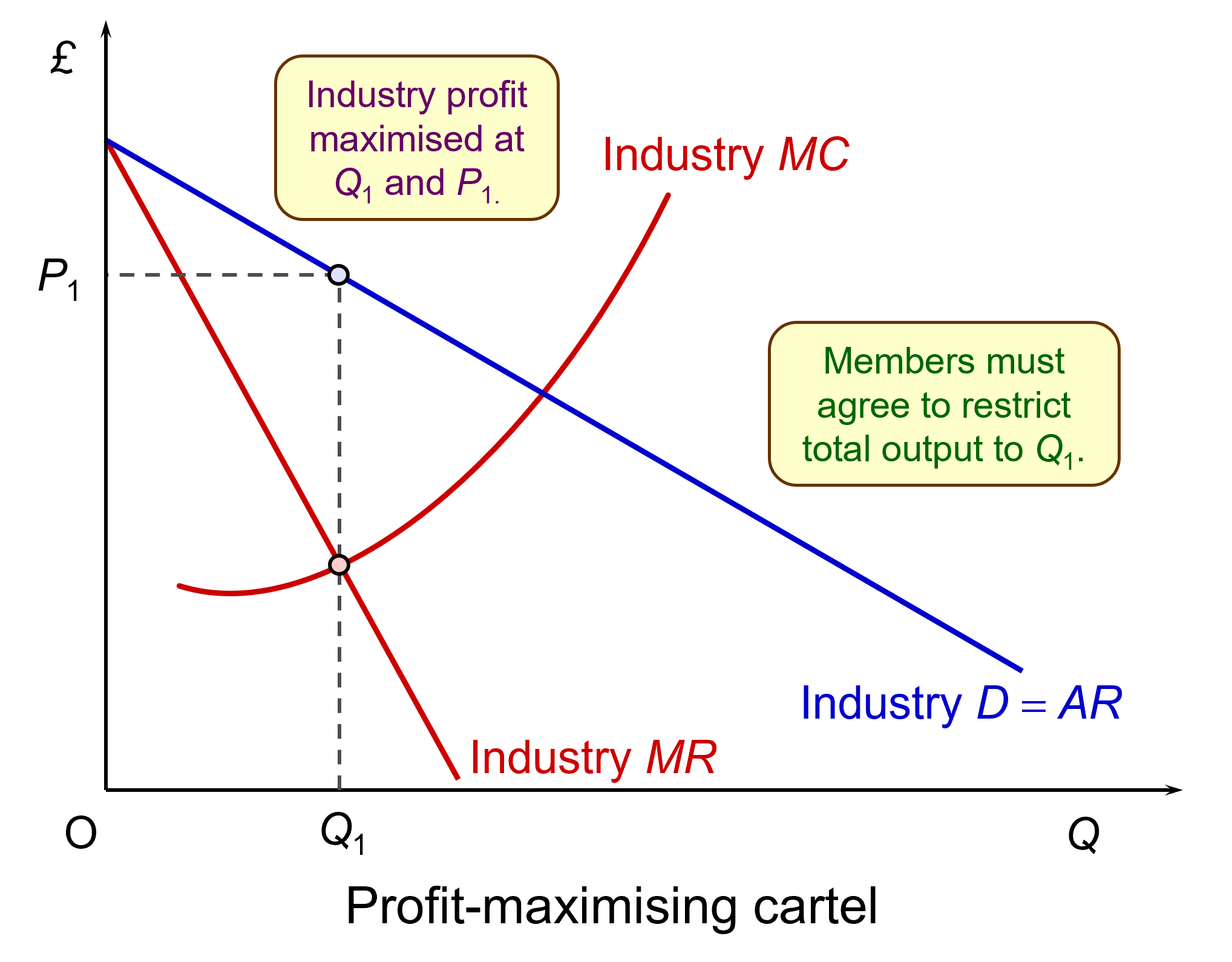 Price fixing agreements between firms are one of the most serious breaches of competition law. Therefore, if detected, the firms involved face substantial fines (see here for an example), plus there is also the potential for jail sentences and director disqualification for participants. However, due to their secretive nature and the need for hard evidence of communication between firms, it is difficult for competition authorities to detect cartel activity.
Price fixing agreements between firms are one of the most serious breaches of competition law. Therefore, if detected, the firms involved face substantial fines (see here for an example), plus there is also the potential for jail sentences and director disqualification for participants. However, due to their secretive nature and the need for hard evidence of communication between firms, it is difficult for competition authorities to detect cartel activity.
In order to assist detection, competition authorities offer leniency programmes that guarantee full immunity from fines to the first participant to come forward and blow the whistle on the cartel. This has become a key way in which competition authorities detect cartels. Recently, competition authorities have introduced a number of new tools to try to enhance cartel detection.
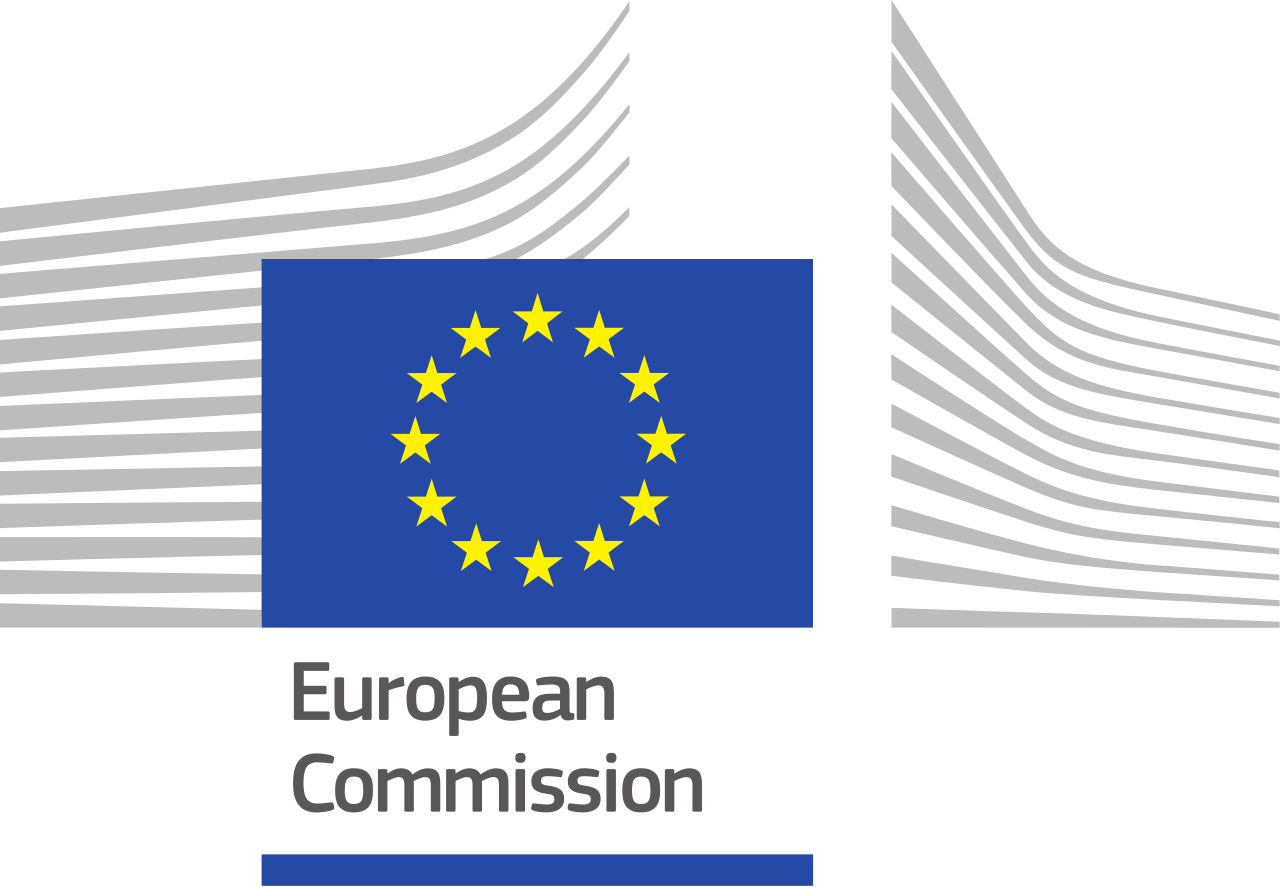 First, the European Commission launched an online tool to make it easier for cartels to be reported to them. This tool allows anonymous two-way communication in the form of text messages between a whistle blower and the Commission. The Commissioner in charge of competition policy, Margrethe Vestager, stated that:
First, the European Commission launched an online tool to make it easier for cartels to be reported to them. This tool allows anonymous two-way communication in the form of text messages between a whistle blower and the Commission. The Commissioner in charge of competition policy, Margrethe Vestager, stated that:
If people are concerned by business practices that they think are wrong, they can help put things right. Inside knowledge can be a powerful tool to help the Commission uncover cartels and other anti-competitive practices. With our new tool it is possible to provide information, while maintaining anonymity. Information can contribute to the success of our investigations quickly and more efficiently to the benefit of consumers and the EU’s economy as a whole.
 Second, the UK Competition and Markets Authority (CMA) has launched an online and social media campaign to raise awareness of what is illegal under competition law and to encourage illegal activity to be reported to them. The CMA stated that:
Second, the UK Competition and Markets Authority (CMA) has launched an online and social media campaign to raise awareness of what is illegal under competition law and to encourage illegal activity to be reported to them. The CMA stated that:
Cartels are both harmful and illegal, and the consequences of breaking the law are extremely serious. That is why we are launching this campaign – to help people understand what cartel activity looks like and how to report it so we can take action.
This campaign is on the back of the CMA’s own research which found that less that 25% of the businesses they surveyed believed that they knew competition law well. Furthermore, the CMA is now offering a reward of up to £100,000 and guaranteed anonymity to individuals who provide them with information.
It will be fascinating to see the extent to which these new tools are used and whether they aid the competition authorities in detecting and prosecuting cartel behaviour.
Articles
Questions
- Why do you think leniency programmes are a key way in which competition authorities detect cartels?
- Who do you think is most likely to blow the whistle on a cartel (see the article above by A.Stephan)?
- Why is it worrying that so few businesses appear to know competition law well?
- Which of the two tools do you think is most likely to enhance cartel detection? Explain why.
 The online market for food delivery has grown rapidly grown in recent years. Deliveroo was founded in 2013 and has become one of the most recognised brands in this market. It now has a presence in around 100 towns and cities in the UK. In addition to offering customers restaurant cooked meals delivered straight to their homes, Deliveroo also provides a grocery store delivery service, for example in partnership with the Co-op.
The online market for food delivery has grown rapidly grown in recent years. Deliveroo was founded in 2013 and has become one of the most recognised brands in this market. It now has a presence in around 100 towns and cities in the UK. In addition to offering customers restaurant cooked meals delivered straight to their homes, Deliveroo also provides a grocery store delivery service, for example in partnership with the Co-op. Despite this not being a full merger or acquisition, it was still investigated by the UK Competition and Markets Authority (CMA). Its remit allows it also to examine situations where an enterprise gains a ‘material influence over the policy of another’. This was the case with Amazon’s investment which, despite only allowing it to become a minority shareholder, enables it to participate in the management of the company.
Despite this not being a full merger or acquisition, it was still investigated by the UK Competition and Markets Authority (CMA). Its remit allows it also to examine situations where an enterprise gains a ‘material influence over the policy of another’. This was the case with Amazon’s investment which, despite only allowing it to become a minority shareholder, enables it to participate in the management of the company.
 In the last few years there have been growing concerns (see
In the last few years there have been growing concerns (see 
 Coffee chain Starbucks
Coffee chain Starbucks  So how does this help to predict how consumers will react to Starbucks’ trial? Well, crucially, Starbucks is increasing the price of coffee in a takeaway cup. Prospect theory predicts that consumers will see this as a loss relative to the pre-trial price, which serves as a reference point. Since this hurts them a lot, they will be likely to take measures to avoid the levy. In support of this,
So how does this help to predict how consumers will react to Starbucks’ trial? Well, crucially, Starbucks is increasing the price of coffee in a takeaway cup. Prospect theory predicts that consumers will see this as a loss relative to the pre-trial price, which serves as a reference point. Since this hurts them a lot, they will be likely to take measures to avoid the levy. In support of this, 

 Price fixing agreements between firms are one of the most serious breaches of competition law. Therefore, if detected, the firms involved face substantial fines (see
Price fixing agreements between firms are one of the most serious breaches of competition law. Therefore, if detected, the firms involved face substantial fines (see 